Sigulda New Castle
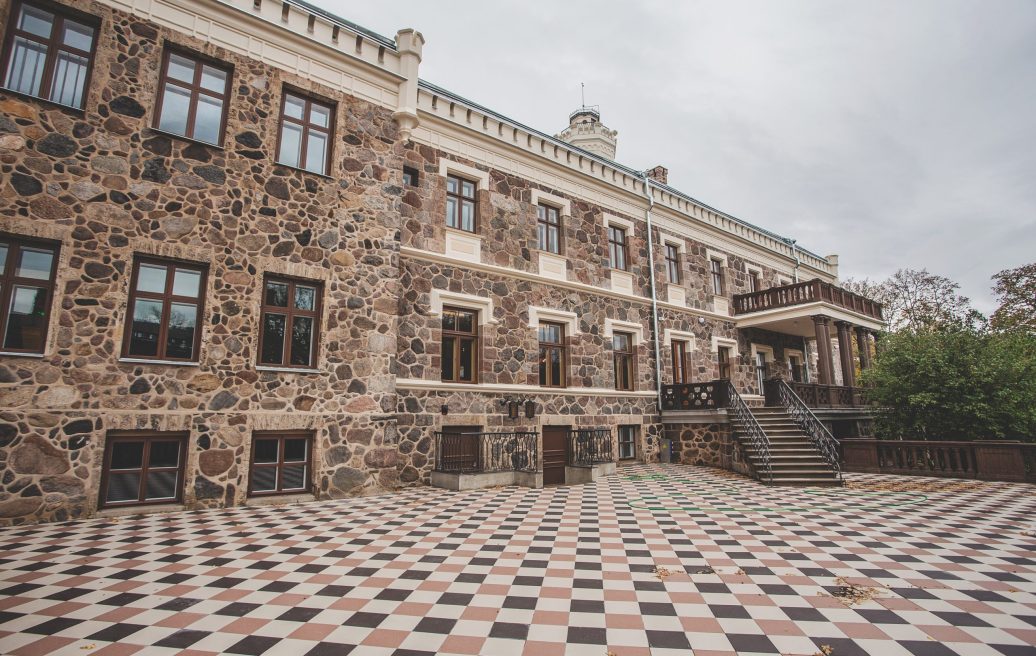
Description
Sigulda New Castle is an architectural monument of national importance. Following its reconstruction in 1937 by architect Alfred Birkhan, it was renowned as Europe’s most beautiful Writers’ Palace. The Castle’s luxurious interior features work by Latvian artists Niklāvs Strunke, Vilis Vasariņš, Pēteris Teodors Ozoliņš, Kārlis Sūniņš, Ludolfs Liberts, Elerts Treilons.
In the 11th to 13th centuries, the area around modern Sigulda was inhabited by the Gauja Livonians who built wooden fortresses on hillforts. The first stone castle was erected by the Livonian Brothers of the Sword in 1207-1209. In the Polish–Swedish War of the early 17th century, the Livonian Castle was destroyed, and the area transformed into a feudal manor which became a part of the Governorate of Livonia in the 18th century.
In 1780, the manor fell into the hands of the von der Borch family. In 1867, Alexander von der Borch’s daughter Olga married the Russian prince Dmitri Kropotkin, inheriting the Sigulda Manor. Their marriage was followed by the construction of the Kropotkin summer residence, the Sigulda New Palace, from 1878 to 1881 under the supervision of master builder Jānis Meņģelis from Cēsis and the owner of Jaundreļļi estate, Pēteris Kūlis. They hired local craftsmen to carry out the work and used local materials, too. As patroness of Sigulda, Princess Olga Kropotkin got the Riga-Pskov railway line to run through the town and supported the development of tourist facilities and accommodation, eventually transforming Sigulda into a resort. In 1893, rule over the palace and its territory went to Olga’s son, Prince Nikolai Kropotkin. He continued in his mother’s footsteps, establishing a bobsleigh and luge track, a mineral water factory, and promoting motor touring.
During WWI, Sigulda happened to be on the front line between the German and Russian armies, and the palace was looted in 1917. Latvia’s declaration of independence was followed by agrarian reform, and in 1922, the Kropotkin family lost ownership of the palace.
The government gave the palace to the Latvian Association of Writers and Journalists, which began renovating it in 1923 and set up a boarding house, event halls, and a recreation centre.
In 1934, the palace changed hands again, coming into the ownership of the Latvian Press Society, and in 1937, it was reconstructed for a second time under the guidance of architect Alfrēds Birkhāns. The 1937 reconstruction gave the palace a unique National Romantic interior, preserved to this day and restored between 2017 and 2021.
In the 1920s-1940s, the New Palace became known as the Writers’ Palace, making Sigulda a hotspot among Latvia’s intellectual and artistic community. The palace had hosted esteemed guests since feudal times, but it was this period that made it famous for its literary evenings, balls, meetings, congresses and parties. In summer, Latvian writers used the palace as a retreat, staying here for longer periods.
Some of the most iconic visitors of the palace include Kārlis Skalbe, Aleksandrs Čaks, Jānis Akuraters and Rainis. But it was more than just literati flocking to the place: it also hosted Vilhelms Munters, Minister for Foreign Affairs, Emīlija Benjamiņa, publisher of a local newspaper, and theatre diva Lilija Štengele, to name a few.
Shortly after Latvia’s occupation, the palace became a holiday house for the government of Soviet Latvia, the Council of People’s Commissars of the Latvian SSR, and a sanatorium for the Soviet Union’s Central Council of Trade Unions in 1953.
After the restoration of Latvia’s independence, the palace came into the hands of Sigulda City Council in 1993 and became the Council’s home in 2003.
Improvements made within the project
Extensive work on the palace was done between 2017 and 2021, renewing its interior, decoration and the original façades from 1937, while preserving the framework and the layout of the building. A new staircase connecting the basement and the first floor was built, too. Now, after the reconstruction, the palace offers an exhibition on its history.
The total reconstruction and restoration costs of Sigulda New Palace amounted to EUR 5.9 million. The European Regional Development Fund co-financed EUR 1,395,932.19, Emissions Trading Facility mechanism funding financed EUR 499,999.50, and the rest of the costs were covered by the State and local government budgets.
The project was implemented by Sigulda Municipality Local Government.
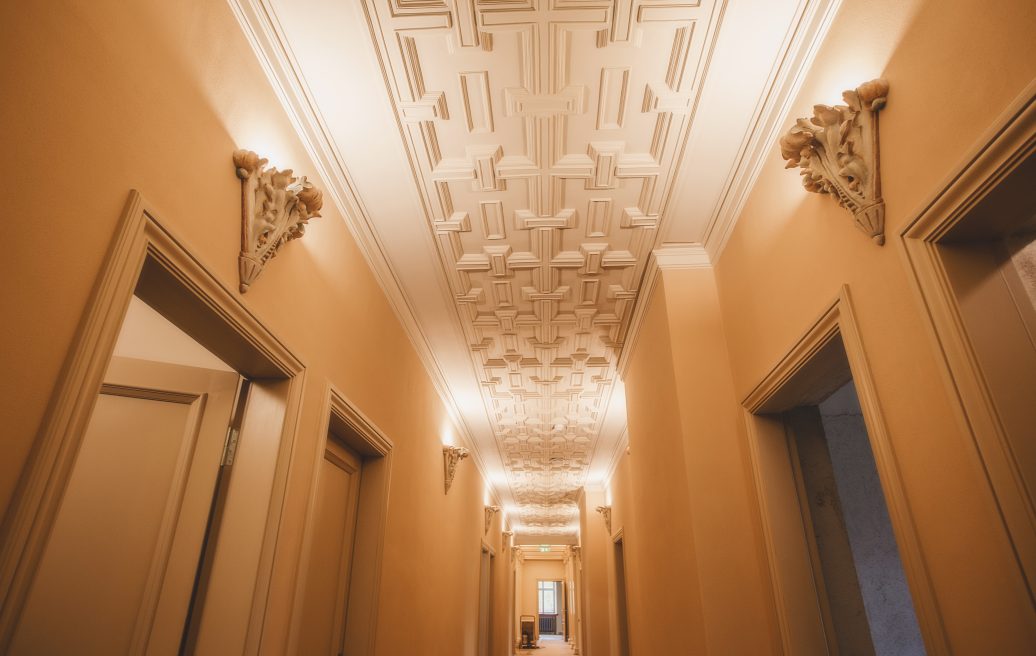
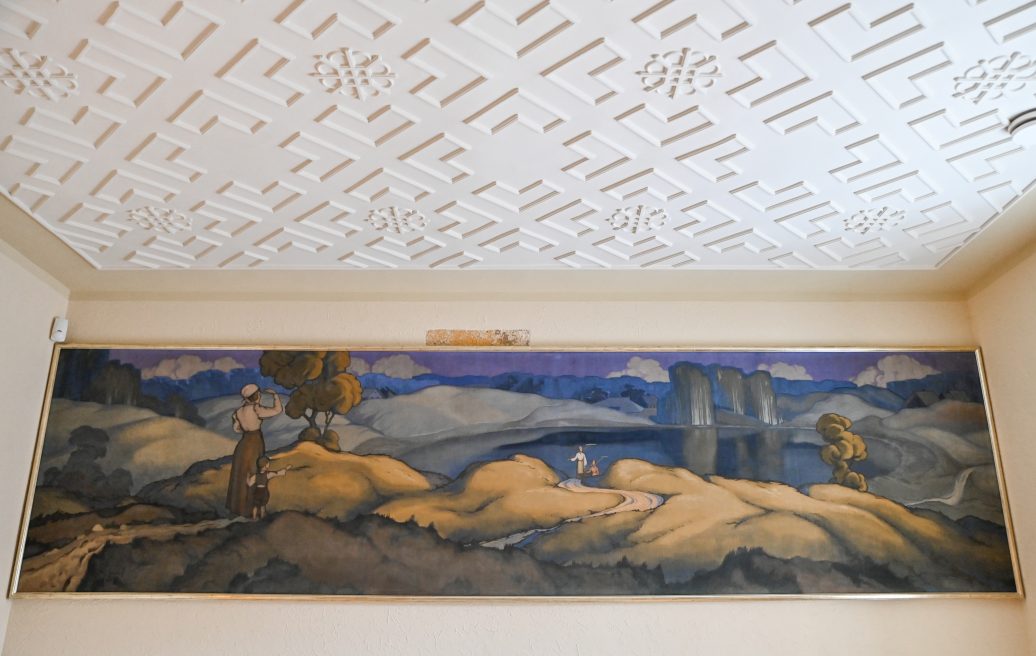
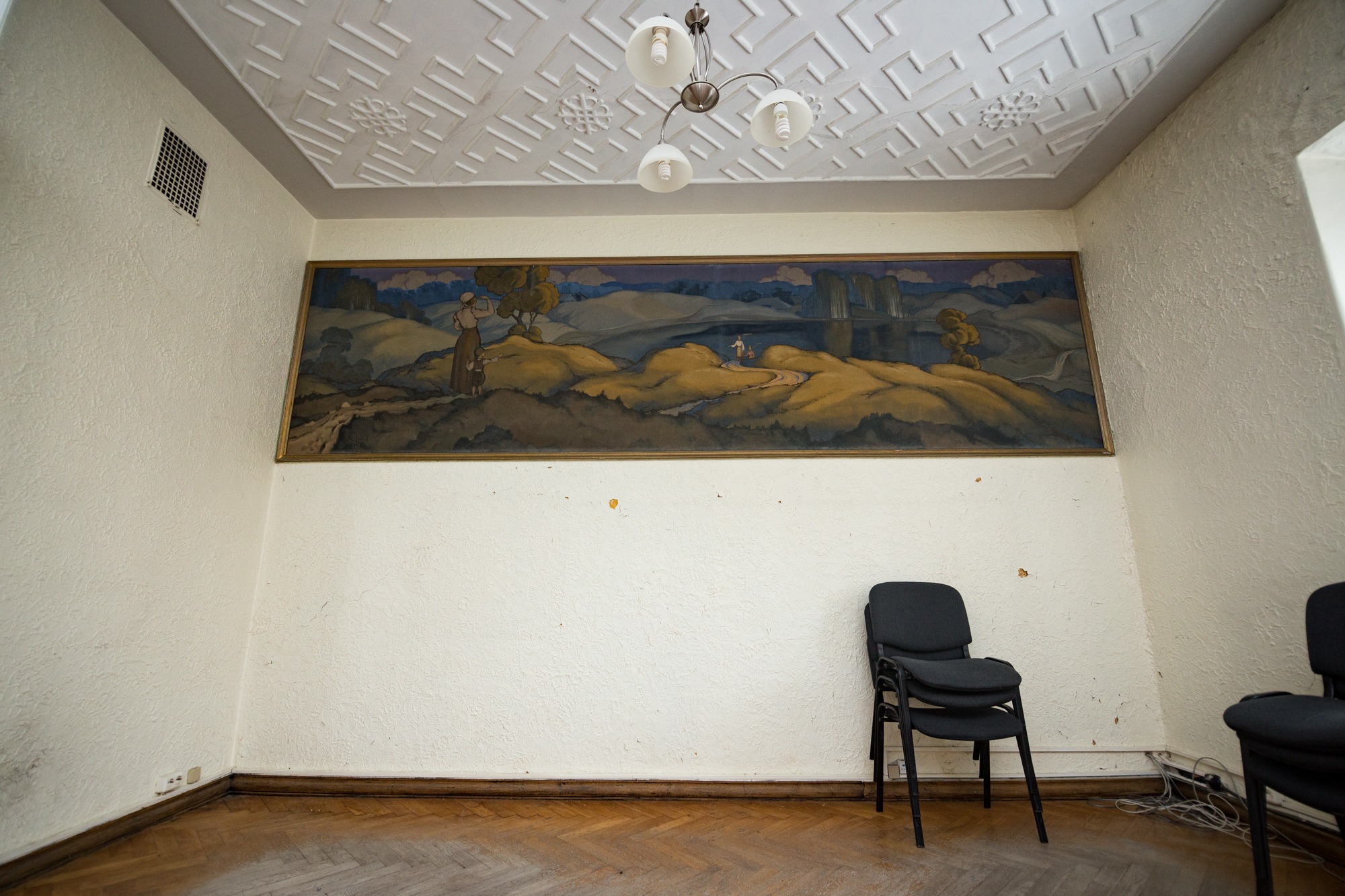
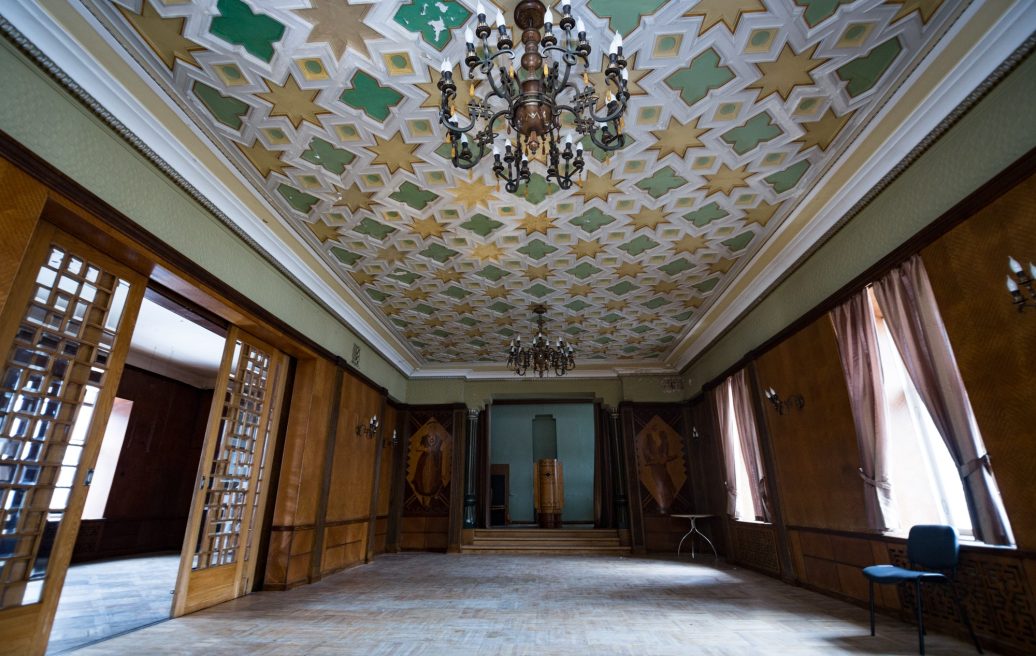
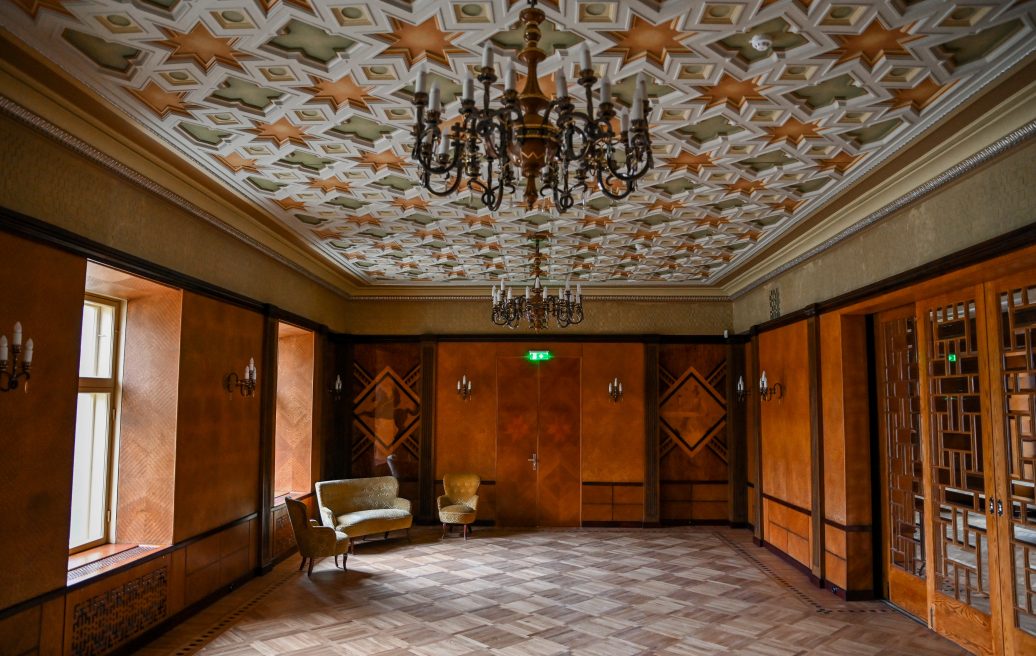
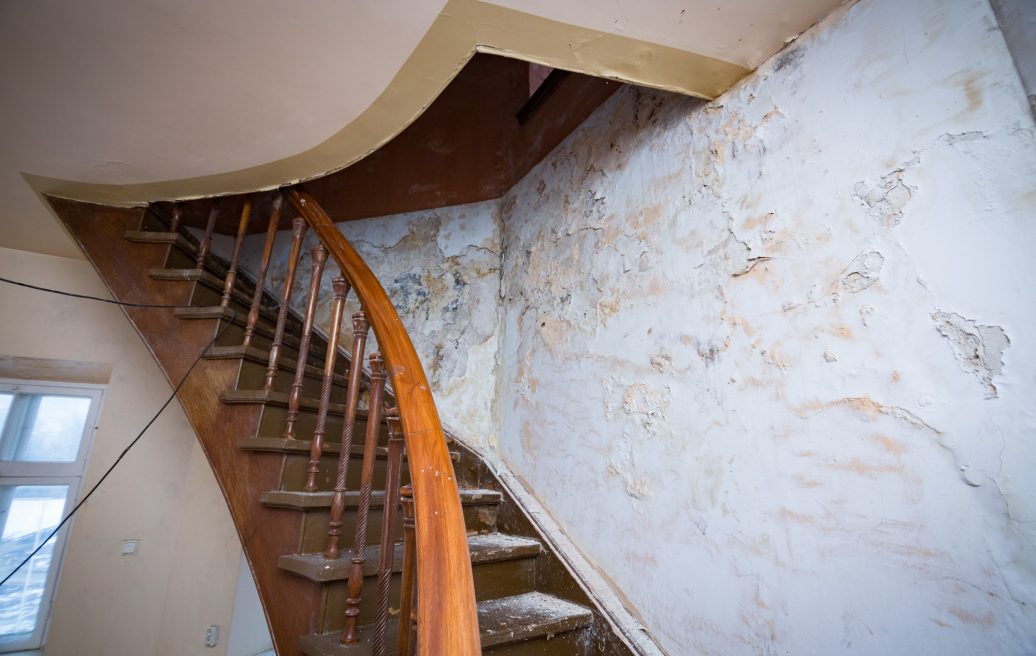
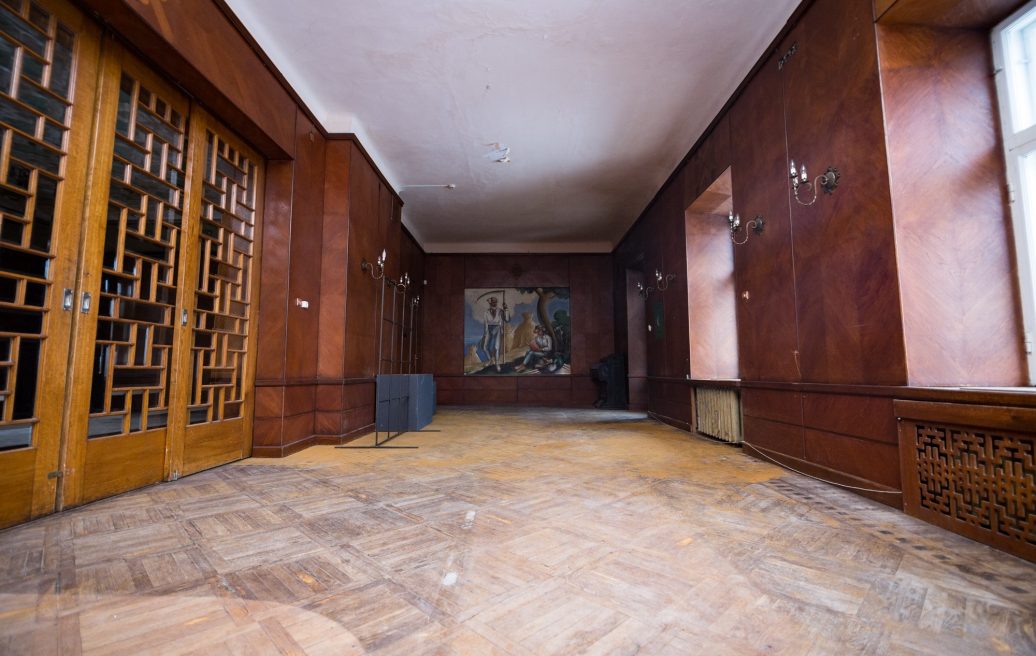
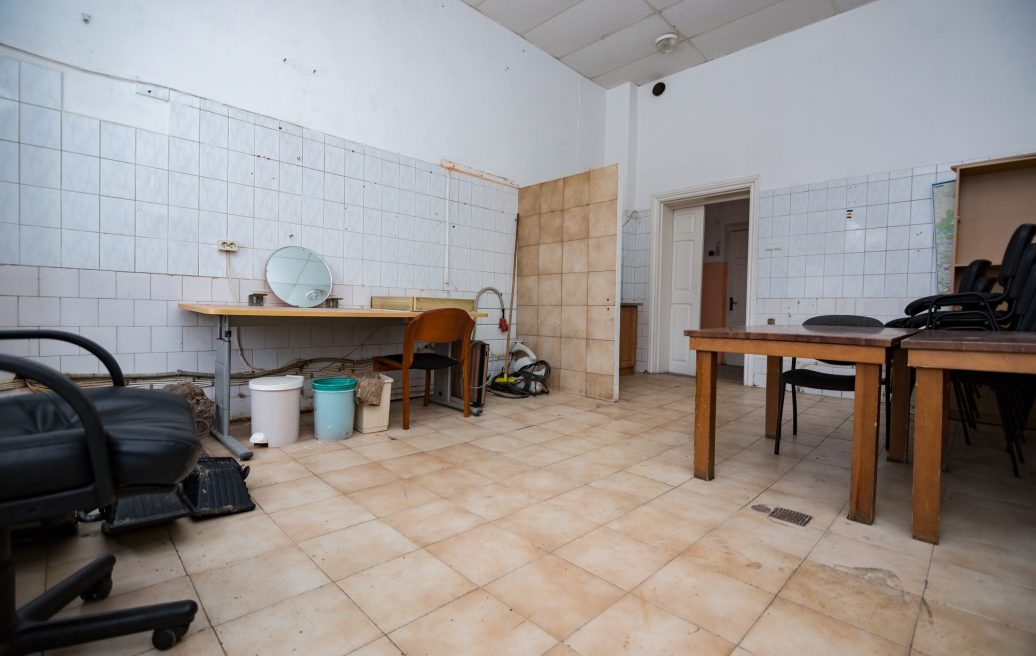
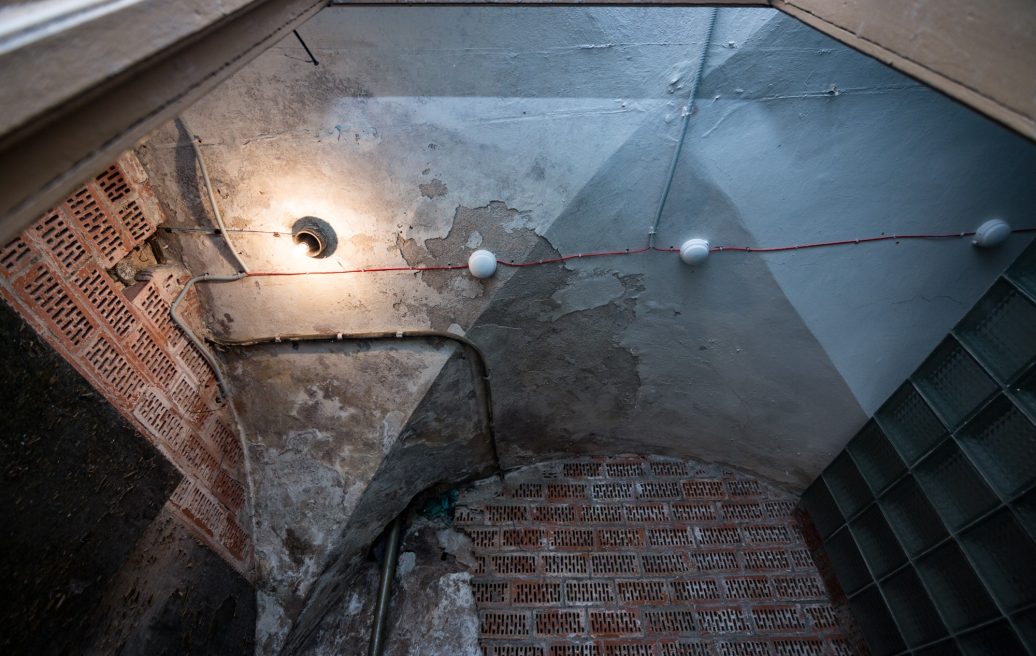

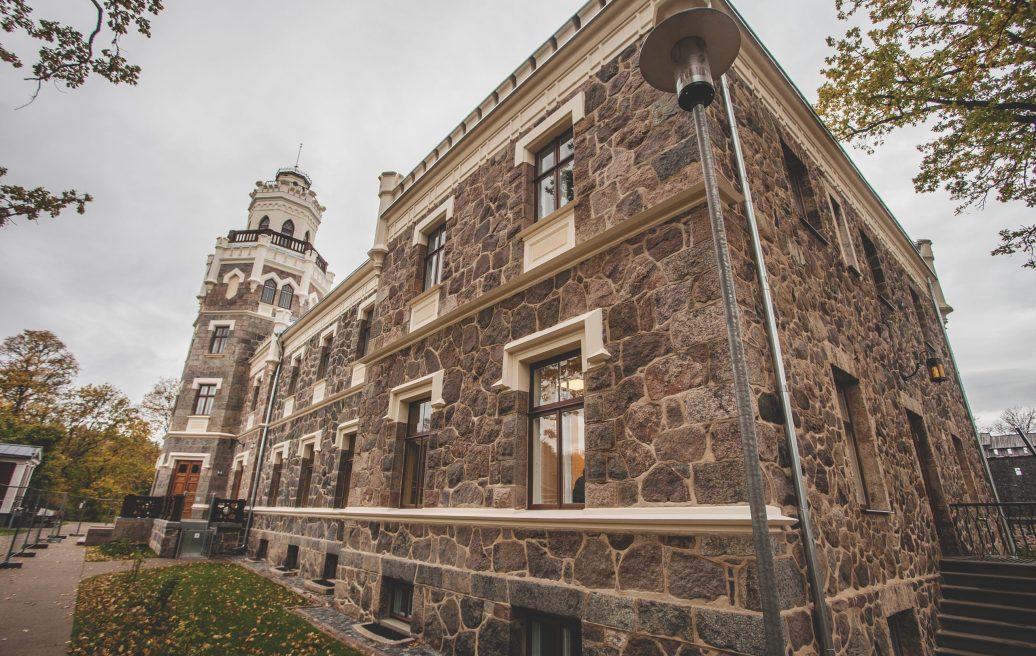
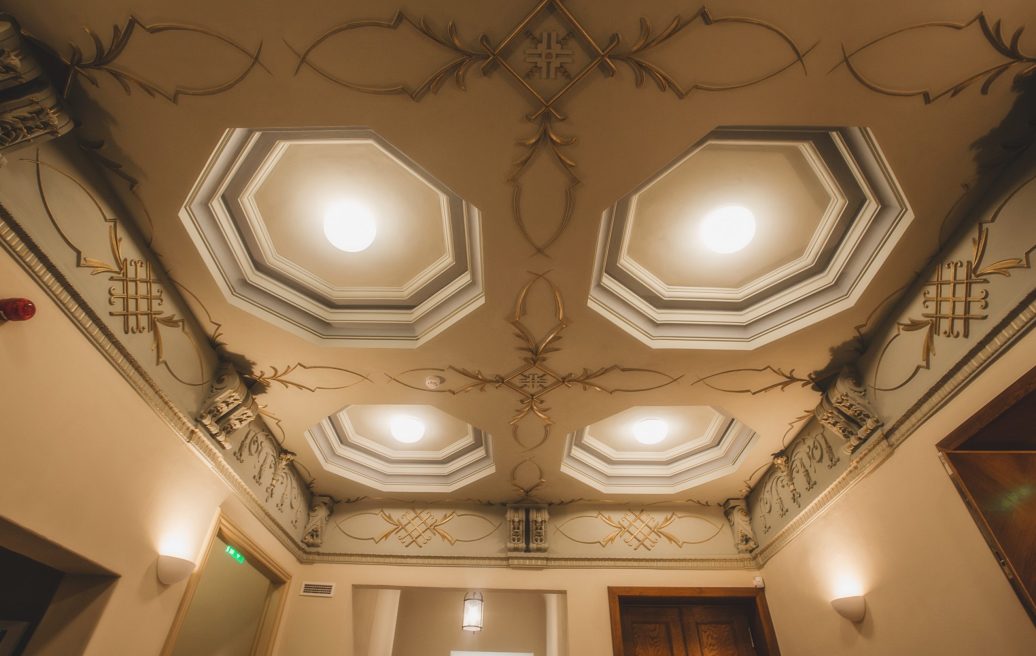
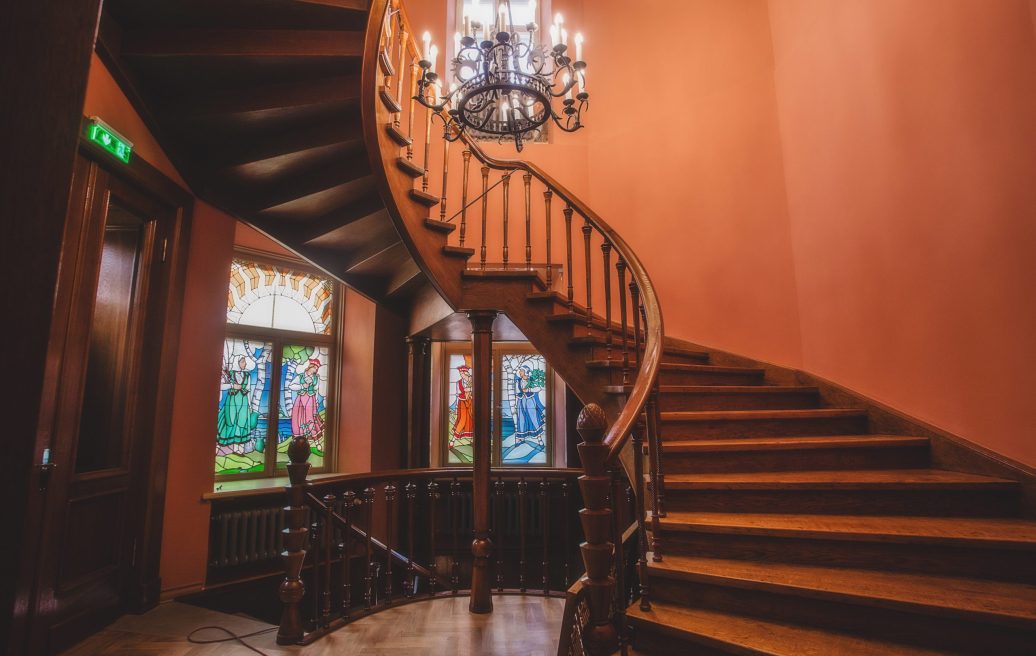
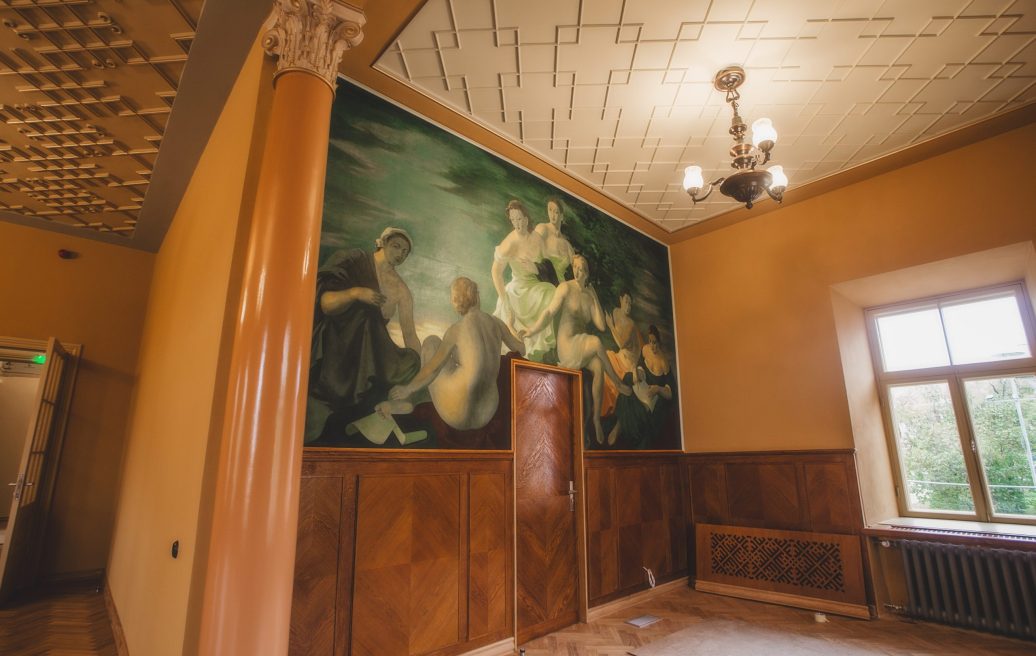
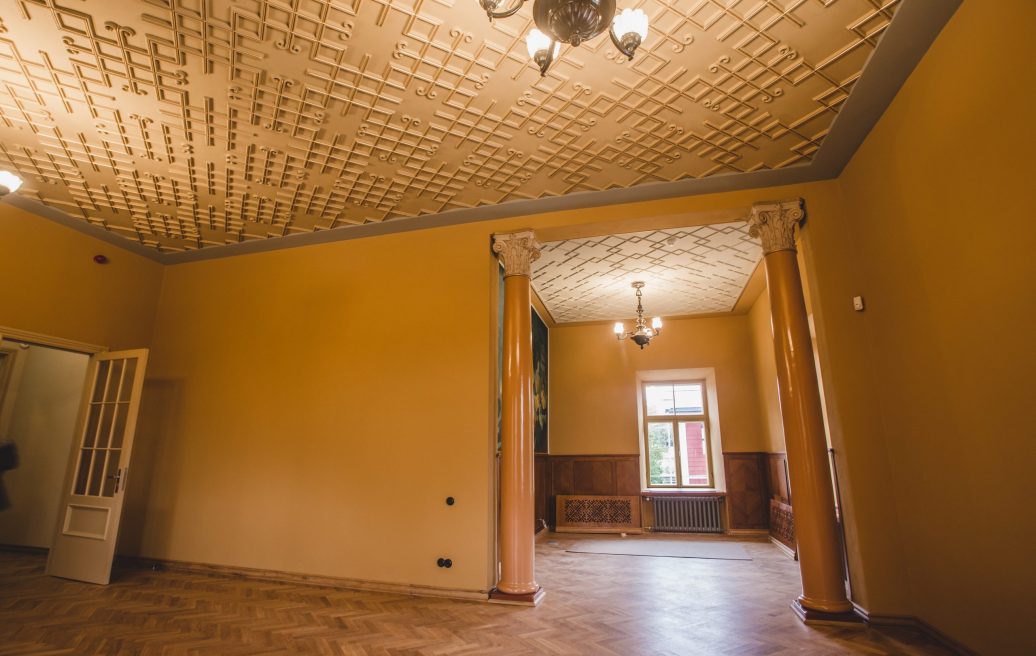
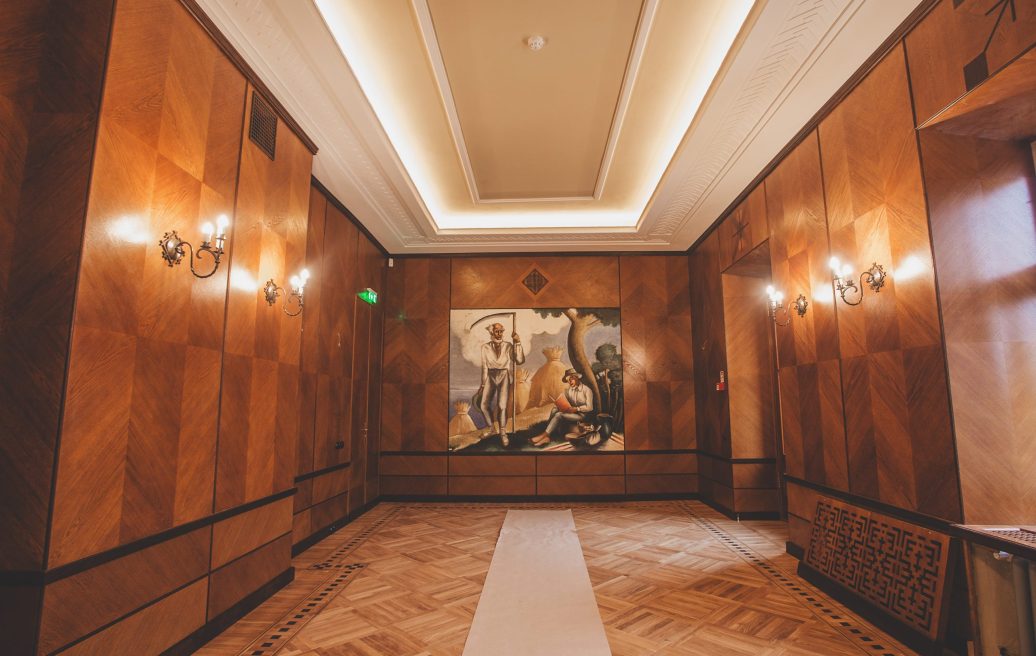
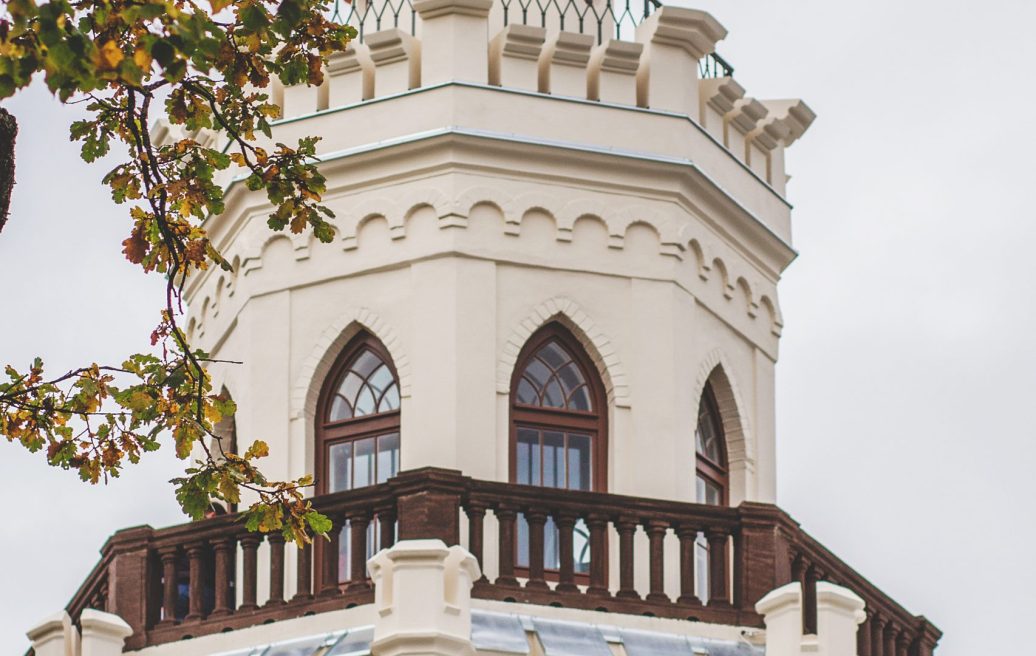
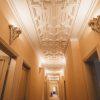
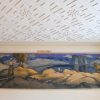

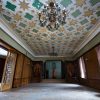
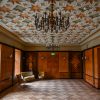
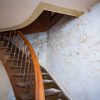
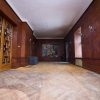
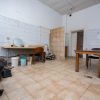
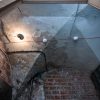
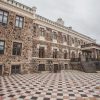
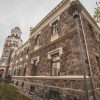
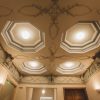

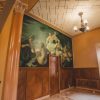
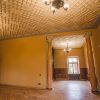
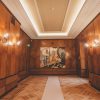
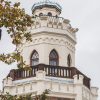
Address
Pils street 16, Sigulda.
Working time
On working days 9:00 – 19:00
On holidays 10:00 – 19:00
Admission fee
- EUR 4.50 – adults
- EUR 2.50 – pupils, students, pensioners
- For residents declared in Sigulda Municipality, holders of a valid Sigulda ID card, people with disabilities, orphans, and journalists EUR 1.00
- Family ticket EUR 11.00
- Family ticket for residents declared in Sigulda Municipality with a Sigulda ID card EUR 3.00
- Combined ticket to the New Palace and the Livonian Order Castle EUR 6.00
- Combined ticket to the New Palace and the Livonian Order Castle for pupils, students and pensioners EUR 3.00
Getting there
The New Palace is located in the Sigulda Castle Quarter. You’ll find two parking lots nearby.
Good to know
The palace is free to visit from the outside. Group visits should be booked ahead. Sigulda Livonian Order Castle is close by.
The palace offers an exhibition on its history and Sigulda. It provides space for art exhibitions, and the sumptuous festival halls host concerts and literary readings. Sigulda New Palace is part of the creative Sigulda Castle Quarter, home to a number of creative craftspeople working on their handicrafts and teaching their skills to a wider audience.
